By Canaan Crouse and Tai Turrell
In two weeks, our families (my family and my friend, Canaan’s family) will be going on a Disney Western Caribbean cruise. One of our stops is Mexico, where we have an adventure planned to see Chichen Itza, an ancient Mayan ruin in the Yucatan. We (Canaan and I) have researched and studied Chichen Itza in order to present you the history of Chichen Itza, so please enjoy our hours of research and let us know what you think.
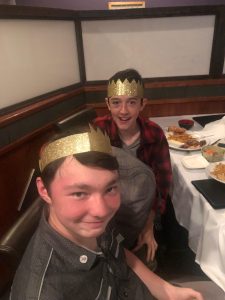
Tai and Canaan
Chichen Itza is both a tourist attraction and active archaeological site. Even now, they are still making discoveries at Chichen Itza, giving us more insight into how the Mayans lived back then. The Mayan ruins are very old. It’s believed that Chichen Itza was established sometime during 400 or 500 AD. That means Chichen Itza is well over 1500 years old! Chichen Itza was founded by the Maya, an ancient people in the Yucutan peninsula. The development of Chichen Itza happened over hundreds of years. Chichen Itza was a powerful city in the Mayan culture by 600 A.D. It thrived until around 1000 AD, making it not only old but also filled with history and generations of knowledge. It was also a sort of a cultural center. Chichen Itza was recognized as a UNESCO world heritage site in 1988. It’s a very important piece of world history. In 2007, it was named on the the new seven wonders of the world.
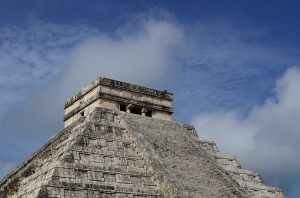
El Castillo, the Temple of Kukulkan
Chichen Itza is a complex of Mayan ruins, with many structures and pyramids, including El Castillo, the Great Ball Court, the Temple of the Warriors, and the Sacred Cenote.
El Castillo, also known as the Temple of Kukulkan, is the famous pyramid in the picture at the top of this blog. It looks like it dominates the site of Chichen Itza, but our research showed that it actually sits on another much older temple. Kukulkan was their main god. Kukulkan, or “the feathered serpent” is a serpent deity worshipped by the Maya in ancient times. During the Spring and Autumn Equinox – the 20th of March and the 22nd of September – the sun creates a shadow across the Kukulkan Pyramid and it makes it look like a serpent is slithering down the staircase.
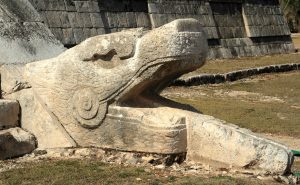
Kukulkan, the feathered serpent god
The Temple of the Warriors is an amazing structure. It’s a large, stepped pyramid. There is also a sacred cenote, a sacred well or spring, located at the northern end of Chichen Itza. It was a sacrificial place of ceremony and worship. This is where human sacrifices were made. Legend says men and women who were thrown in were supposed to climb out, however legend has it only one man has ever made it out.
The meaning of the name “chichen itza” is “the mouth of the well of itza.” “Itza” is believed to mean “water magicians.”
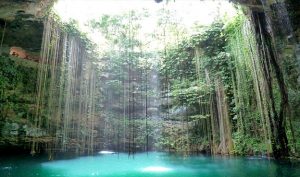
Cenote at Chichen Itza
Chichen Itza was most likely used as a place of worship and the discovery of human bones has made it evident that human sacrifices have been made there in the past. They offered gold and other valuables along with human sacrifice. It was dug up in the early 1900s and they found gold, turquoise, jade and human remains. Chichen Itza is also famous for its odd looking pyramid, very similar to the pyramids of Giza, with a few differences.
Something mysterious and unknown happened to that led to the decline and disappearance of the Maya. Maya cities were abandoned and Maya civilization collapsed. It’s a mystery and makes this very interesting. What do you think happened to the Maya?
Both Canaan and I will be sure to appreciate this site in all its glory. It’s hard to not enjoy it after all this research. I can’t wait to see just how breathtaking it is, and see how cool the pyramid and the cenote really are.
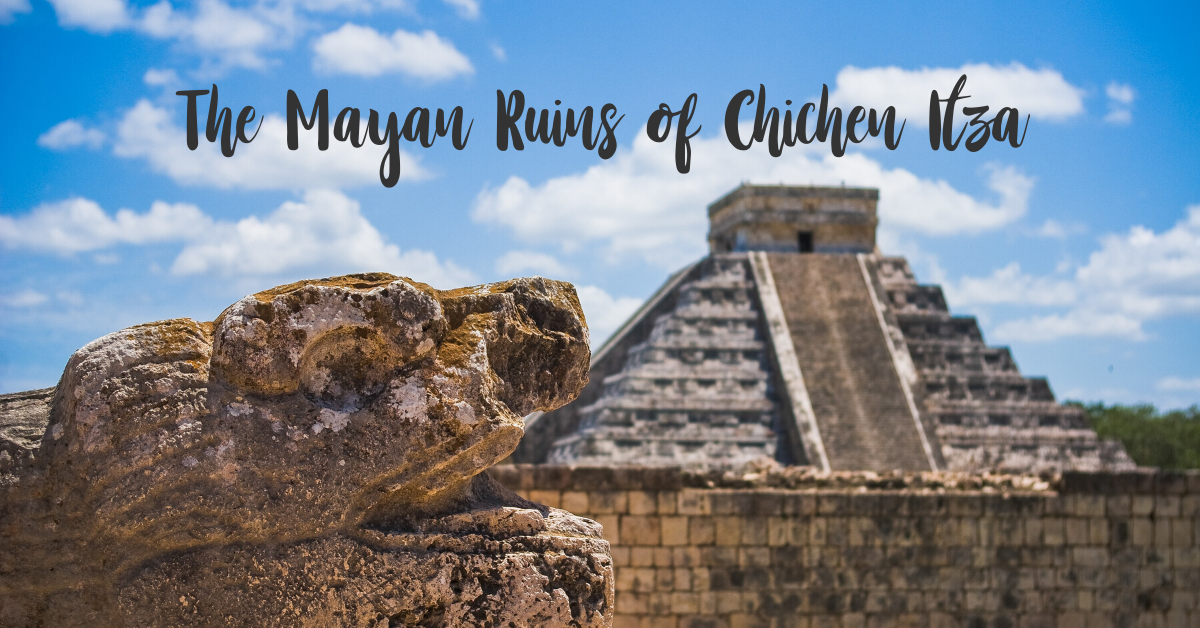





Interesting read. Good job!!!